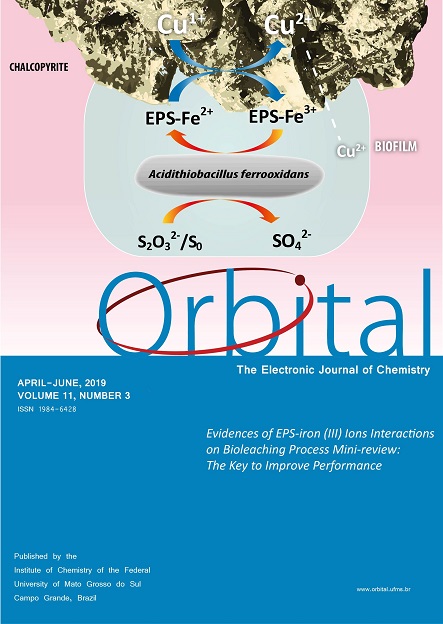Progress in Chemistry Studies for Students of Industrial Pharmacy Speciality with Different Learning Styles
- correlation between learning styles and progress in chemistry studies,
- Index of Learning Style,
- industrial pharmacy speciality,
- typical learning profile
Copyright (c) 2019 Orbital: The Electronic Journal of Chemistry

This work is licensed under a Creative Commons Attribution-NonCommercial-NoDerivatives 4.0 International License.
Abstract
The paper goal was to analyse the actual learning preferences of students in the speciality "Industrial Pharmacy" and find correlations between the learning styles and academic success in the study of chemistry. The Indices of Learning Styles by Felder-Soloman’s model were investigated for 1st to 5th-year students. The preferred learning styles do not change in the course of 4-years undergraduate studies and are described by the propensity to active (65-79% out of all students), sensitive (82-92%), visual (75-81%) and sequential (64-73%) manners of study. Master students are more susceptible to the reflective (43% of graduates vs 29% of undergraduates), intuitive (29% vs 12%) and verbal styles (43% vs 23%). No significant changes take place in the sequential-global dimension. The change in the general profile of a group of master students occurs at a stage of additional selection of graduates when they enter their master’s course. Progress in studies of eight chemistry and chemical technology disciplines was compared for students with typical and non-typical profiles. The higher the number of typical styles in learning preferences, the more definite distinction is observed in the academic performance. Students with typical learning profiles usually demonstrate better academic performance in studying chemical disciplines, but the difference becomes statistically significant with increasing the number of typical styles in learning preferences.


